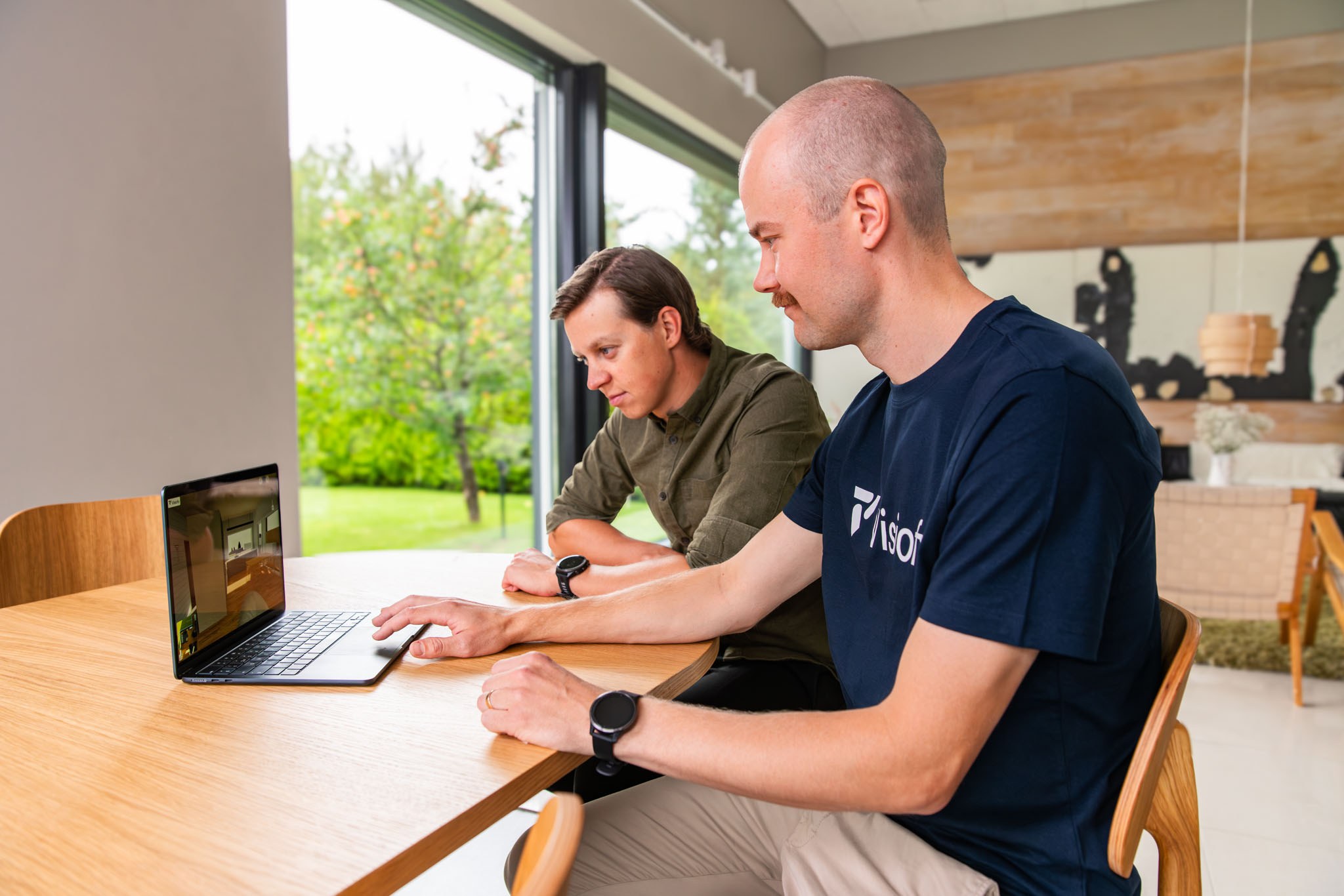
How to Create an Immersive Architecture Portfolio in VR
Why Go Beyond the Screen?
Traditional architecture portfolios—PDFs, slide decks, and online grids—have long served as the industry standard. While both functional and beautiful, they limit a viewer’s ability to experience spatial design. At best, these formats simulate depth with renderings; at worst, they reduce rich and stunning projects into flat, technical visuals.
In contrast, immersive VR portfolios offer a radically different experience: instead of seeing a picture of a project, viewers can walk through it. Whether for competitions, job interviews, or client pitches, an immersive portfolio conveys not just the aesthetics but also the spatial atmosphere, scale, and navigation of a design. This alone can set you apart in a field that increasingly values interactive and user-oriented experiences.
What Is a VR Architecture Portfolio?
A VR portfolio goes far beyond 360° images or animated flythroughs. It's an interactive, walkable 3D environment—an invitation for someone to step inside your concept as it's meant to be.
With a platform like Visiofy, architects can upload their models and convert them into virtual walkthroughs that are explorable via desktop, mobile, or VR headsets. These walkthroughs enable reviewers to:
-
Navigate the designed space at their own pace
-
Look around freely from any viewpoint
-
Understand proportions and circulation intuitively
-
See how light hits different areas at different times of the day
- Change colours of surfaces to understand coloring and material choices.
This format supports a stronger emotional and cognitive connection with your work.
What You’ll Need to Create One
Building a VR-ready architecture portfolio might sound technical, but it’s surprisingly accessible.
Required:
-
A 3D model created in software like SketchUp, Archicad, Revit, or Chief Architect
-
A platform to transform that model into an immersive experience, e.g. Visiofy)
-
Optional:
- A VR headset (we recommend Meta Quest)
You do not need to own a VR headset yourself to create or share a VR portfolio. You can create the immersive walkthrough on your desktop, and others can experience it with or without a headset
. If the person viewing your portfolio has access to one—through their work or for personal use (e.g., gaming)—they can explore your work in VR without any extra input from you. Just share a link and they can open it on any device (if they're unsure on how to quckly copy a shared link from their email or messaging ap to their VR headset, here’s how to open a shared link in VR.
❔New to using a headset? Learn how to use a Meta Quest Headset and how to use the controllers on the Meta Quest Headset.
Step-by-Step: Creating Your Immersive Portfolio with Visiofy
-
Export Your 3D Model
-
Make sure it’s cleaned up: remove extra geometry, optimize textures
-
Export in a supported format (Visiofy supports popular modeling tools for architects)
- Need help with model export? See detailed guides for SketchUp, Archicad, Live Home 3D, Vertex BD, and Chief Architect.
-
- Upload to Visiofy
-
Log in/Create an account and start a new project
-
Upload your model and let the platform process it into an interactive space
- Copy the link and embed to your existing portfolio (preview if needed)
-
How to Share and Present Your VR Portfolio
-
Include 3D models on your website portfolio as embedded interactive elements or links that activate by clicking on a picture
-
You can also generate QR codes to share alongside your traditional portfolio
-
Present it live in interviews or design reviews using a headset.
What Works Well in VR
-
Residential layouts with distinct rooms
-
Light-filled, airy spaces
-
Clear circulation and spatial hierarchy
-
Detailed textures and materials that add realism
The Future of Portfolios: Is VR the New Standard?
As architecture embraces virtual design tools, the idea of a "walkable portfolio" is no longer futuristic. VR is already being used in real estate staging, construction reviews, and client presentations.
Forward-looking firms and educators are beginning to expect familiarity with immersive tools. While a VR portfolio may not fully replace presentations just yet, it’s rapidly becoming an asset that sets you apart.
Final Thoughts
Creating an immersive portfolio isn't only about the wow effect—it’s about communicating your design with clarity, emotion, and depth. Tools like Visiofy are making it easier than ever to bridge the gap between model and experience (and present .
Want to try it? Sign up (if you haven't yet) and upload your first model, it's easy as pie! The free tier lets you create three models so you can have a go and see if it works for you.
Related Reading
The Ultimate Guide to Creating a Stunning Architecture Portfolio
Architecture Portfolio Cover Ideas (Your Starting Point)

